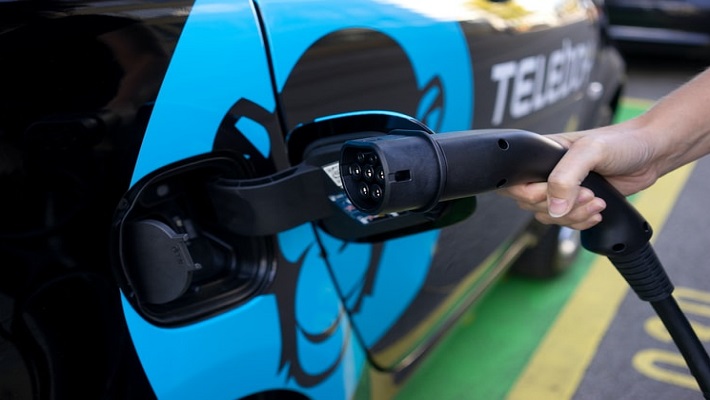
Countries all over the world, as a result of rapid urbanization and clime change, are gearing up changing their policies to expedite the transition to electric vehicles. Tailpipe emission is one of the major factors effecting environment. According to international council of clean transportation, transportation tailpipe emission is the reason for an estimated 74,000 premature deaths in India.
Also the carbon footprint in our country is doubling every year. Also India’s oil dependency is increasing. So moving towards renewable and clean sources of energy is one of India’s top national agenda. In some segment adaptation to EV is mandatory with an aim of reaching 30% EV penetration by 2030, so that we could end up saving 474 million tons of oil and 846 million of net CO2 emission by 2030.A study by council of energy, environment and water (CEEW) suggests that this transition could create huge number of new jobs such as battery recycling, telematics and allied construction and services due to this. But at the same time it could also mean 19% fewer jobs in oil sector and in internal combustion engine vehicle manufacturing sector.
The various central and state ministries and nodal agencies have come up with policies and initiatives to push the adoption of electric vehicles at an accelerated pace. The policies and initiatives such as National Electric Mobility Mission Plan, FAME-I and II, National Mission for Transformative Mobility and Battery Manufacturing, Phased Manufacturing Program, Advanced Chemistry Cell Production Linked Incentive Scheme have been devised to give the required boost to the sector. In last decade government had been promoting use of renewable energy sources such as solar and wind energy, during next decade battery technologies are also expected to have a similar reduction in cost and will be promoted.
At present only one percentage of total vehicles in India has penetrated to EV. Out of that 95 percentage are electric two wheelers. Indian government has taken many policies to hasten this transition. More companies are designing and manufacturing products suitable for Indian market. They are more concentrated on two-wheelers and three wheelers. Manufacturer Mahindra and Mahindra has invested INR18 billion over the next three years into EV production. Today in cities such as Bangalore you could see many electronic Two-wheelers under bounce. You could also see some four-wheelers under ola and uber.These are taking place as a result of government policies such as increasing diesel and petrol taxes, reducing tax for electric vehicles and scrap rule.
However a complete transition to EV is a herculean task for a country with a population of 1.3 billion. There are many other factors effecting this transition. Battery requirements and charging points is a main factor in the process of e-mobility transition. Mostly Lithium-ion battery is used for this purpose. Lithium batteries are only assembled in India. They are not manufactured in our country. The life of an Ev battery ranges from 6-8 years. Replacement is needed if its efficiency falls under 80%. An average lithium battery could perform an average of 500-1000 cycles of charging and discharging. After that they can be recycled and the constituent metals like Lithium, iron, cobalt, nickel, copper can be recovered from them. Another problem in the EV transition is that we have to find a renewable source of energy for battery charging. If the same fossil fuel energy power plant is used for creating required electric energy it will result in an opposite effect on environment
Many state governments and central government have taken many policies to support e- mobility transformation. Government of Telangana issued a new EV and Energy Storage Policy on August 6, 2020. As per the policy, the 775 acres of land is given for EV manufacturing facilities, full exemption of road tax and registration fee for the first two lakh electric two-wheelers, and first 5,000 four-wheelers.
The state government has also proposed free parking in public parking places and exemption from the toll on state highways till 2025. Similarly NITI Ayog has given increased subsidy under the FAME policy phase 2 scheme and reduced the GST on batteries, cells and components. Despite of all these we have to pass many roadblocks for e-mobility transition.







